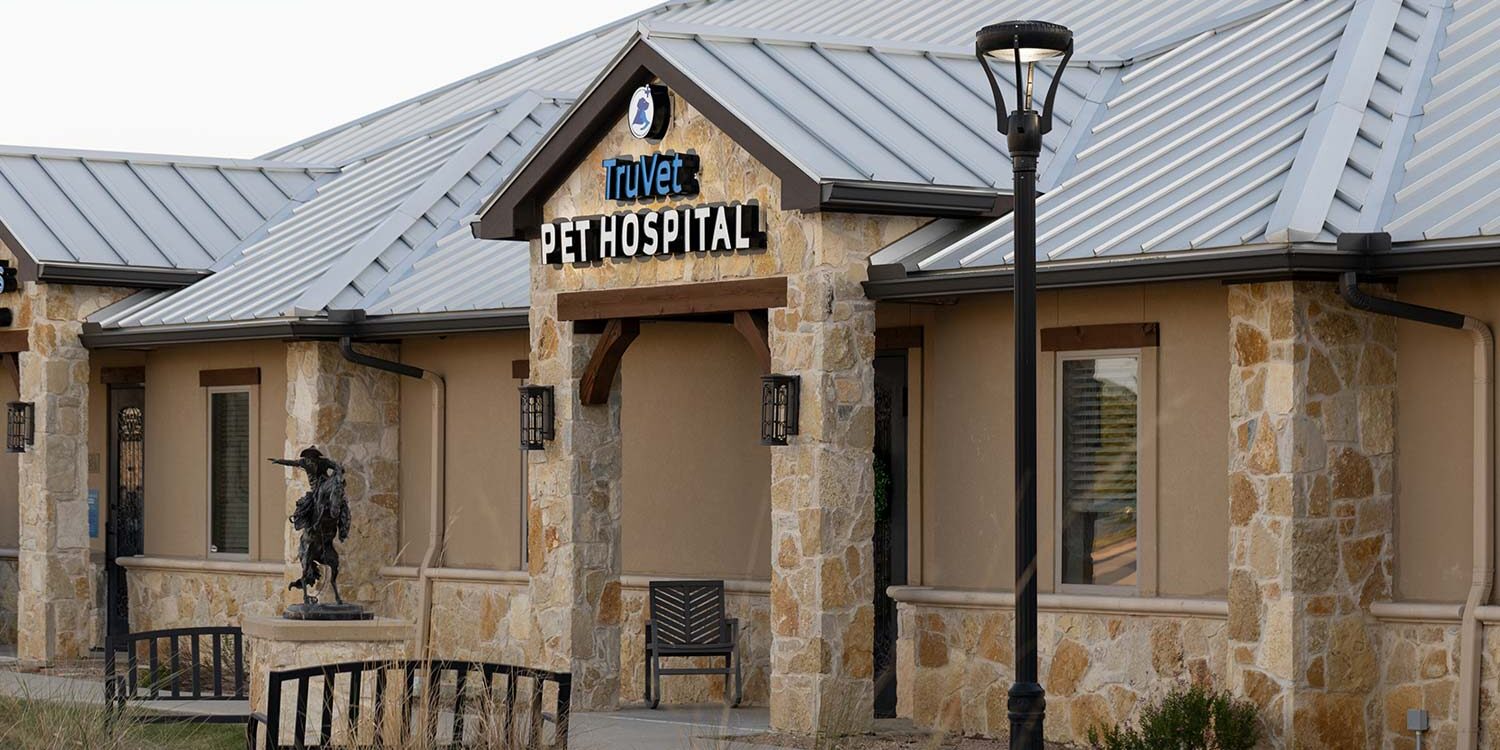Placemaking Creates Memorable Destinations. Decorative Lighting and Signs Can Help.
Have you ever walked into a room that was so welcoming that you felt like you were at home? Have you ever strolled into a space where you felt embraced by the atmosphere? A place that provides a sense of community and belonging and is appealing to visitors. The concept of “placemaking” strives to bring these feelings to public spaces through people-centered design and planning. The idea of placemaking has been around since the 1960s but is quickly becoming mainstream. The goal is to create shared spaces that bring together different types of people from various backgrounds to connect, socialize, and live life in an inviting, memorable, and comfortable space.
The 4th International Placemaking Week took place in June of 2024 in Baltimore, Maryland. According to the post-conference report, Nate Storring, the Project for Public Spaces’ Co-Executive Director, said, “Public space touches all the important issues that we’re facing as a society today because it’s where we live our lives. It’s the glue that holds together our main streets, our neighborhoods, and our downtowns… It’s absolutely magical when you get it right.”
Down the East Coast, about 700 miles, is Serenbe, Georgia, where another placemaking conference is scheduled for October 2024. The Nygren Placemaking Conference invites attendees to learn the nuts and bolts of planning and building a walkable community where residential, retail, and farming thrive.
Placemaking locations and features are just as varied as the people they connect
Placemaking often begins when local businesses and community members come together and determine locations and space(s) that are suitable to create or improve to enable a more vibrant, sustainable way of life for residents. This collaboration promotes conversation and networking while encouraging stakeholders to have a sense of ownership. Many places that become a destination for the desired social gathering hotspots happen organically, and observant local leaders should follow these cues to add extra energy to the locations. Other opportunities may arise from visionary pre-planning or the desire to repurpose derelict structures, underused common areas, or unimproved green spaces that may be great candidates for a placemaking initiative.
An improved quality of life is just one of the benefits of placemaking. Adding parks, bike paths, or walk paths creates a more livable community and helps to promote outdoor activity. New attractions, such as local art displays, foster a strong sense of community. Highlighting a unique or historical aspect of your village or town or the various ethnicities that compose the population allows residents and visitors to enjoy the area’s cultural heritage. Placemaking is also economically beneficial because as vibrant community spaces are created, new businesses and people become attracted to the area.
Examples of improving communities and encouraging public participation in the project could include new or improved walking paths, wall murals, art installations, new cafes, eateries, and added vegetation. Creating a unique, friendly destination that aligns with the character of the city or village is often the best advice.
Streetscape updates add benefits to placemaking efforts
Whether the placemaking project is in a city center location, suburban neighborhood, or rural greenspace – streetscape fixture upgrades will add an extra touch of character and class to the project. Decorative lamp posts, lighted bollards for footpath lighting and wayfinding, decorative directional and informational signage, benches, pet stations, and waste receptacles are all streetscape products that will benefit a placemaking project.
Outdoor destinations benefit from street lights and pathway lighting
The type of artificial lighting present is critical to creating the right atmosphere in any public place. Scientific studies have shown that light is a powerful, multifaceted stimulus for humans. The application of light can transform a space into a dramatic, memorable location or create a negative experience when poorly designed. Consider outdoor spaces where light is required. The intended function of the space should impact the fixture styles, intensity, temperature, and directionality of the illumination. Intimate or relaxed places would suffer from high-intensity or high kelvin temperature lighting. However, busy, active areas may require more of a daylight feel for the safety and functionality of the space. In addition to how humans observe outdoor lighting, the type of light used to illuminate outdoor spaces during twilight or after sunset affects human behavior and physiology. Consider a patio on a warm summer evening. Faint music is carried on the breeze, and people laugh and share stories while sipping wine or drinking coffee. This entire scene is warmly illuminated with just the right choice of lighting because light establishes the ambiance of a setting. The type of lighting depends on what is being emphasized. Decorative or antique-styled street lights or lamp posts that provide a soft light may be the proper application. If the place includes foot or bike pathways, LED bollards that project the light downward without spilling onto surrounding structures will create a safe but picture-perfect setting.
Start your placemaking project with the streetscape products industry leader
Whether it is an outdoor café, a beautifully upgraded park, an art display, a bike path, or a small outdoor theater, there is a large variety of lights, customizable street and wayfinding signs, street lights, and bollards available from Brandon Industries to suit any placemaking needs and will set the atmosphere and the safety for all to enjoy.
Author:
Brandon Hall – Owner, Brandon Industries








